Heating Pad for Legs: Your Guide to Leg Pain Relief and Relaxation
Tired of achy, restless legs keeping you tossing and turning? You're not alone. Whether it's stubborn cramps, poor circulation, or that restless feeling that just won't quit, leg pain is a real drag. But what if a simple heating pad could be the key to sweet relief?
We'll explore the benefits of heat therapy for leg pain, including improved circulation and cramp relief. We'll also provide tips on using a heating pad safely and effectively, including how long to use it and when to avoid it altogether. Finally, we'll help you find the perfect heating pad for your needs, considering factors like size, heat settings, and portability.
Get ready to say goodbye to discomfort and hello to relaxed, happy legs.
Understanding Leg Pain and Its Causes
Leg pain is a surprisingly common experience that can range from a mild annoyance to a debilitating condition. Let's explore some of the most frequent causes to better understand what might be behind your discomfort:
-
Muscle-Related Causes:
-
Overuse or Muscle Strain: This is often the culprit after a strenuous workout or too much activity. Rest and gentle stretching can usually manage this type of pain.
-
Cramps: Sudden, intense muscle contractions are surprisingly painful. Staying hydrated and warming up before exercise can help prevent cramps.
-
Injuries: Tears, sprains, and even shin splints fall into this category. Treatment depends on the severity of the injury.
-
-
Circulatory Issues:
-
Deep Vein Thrombosis (DVT): A blood clot in the deep veins of your leg can cause pain, swelling, and requires immediate medical attention.
-
Peripheral Artery Disease (PAD): Narrowed arteries restrict blood flow, causing leg pain, especially when walking.
-
-
Nerve-Related Conditions:
-
Sciatica: Pain radiates from the lower back down the leg due to irritation of the sciatic nerve.
-
Neuropathy: Nerve damage, often caused by conditions like diabetes, can create burning, tingling sensations, or numbness in the legs.
-
-
Other Potential Causes:
-
Arthritis: Joint inflammation from conditions like osteoarthritis or rheumatoid arthritis can cause leg pain and stiffness.
-
Bone Conditions: Issues like stress fractures or infections can create localized pain.
-
This is not an exhaustive list, and it's essential to consult with your doctor for an accurate diagnosis if your leg pain is severe, persistent, or accompanied by other concerning symptoms.
Is a Heating Pad Good for Your Legs?
Absolutely, Heating pads offer a safe, non-invasive way to tackle a bunch of leg woes. Here's the breakdown:
-
Soothes Cramps: That warm, fuzzy feeling sends signals to your muscles, helping them relax. Goodbye, cramps – hello, relief.
-
Boosts Circulation: Heat dilates your blood vessels, allowing for better blood flow. This means more oxygen and nutrients to those achy legs, promoting healing and reducing discomfort.
-
Eases Restless Legs Syndrome (RLS): While not a cure-all, heat therapy can bring temporary relief from those annoying tingles and twitches that come with RLS.
-
Promotes Relaxation: Let's be real, a warm heating pad just feels good. It helps melt away stress, setting the stage for a more restful night's sleep.
Heating pads are a natural remedy with a ton of perks for leg pain. But remember, like any good friend, there are times when a heating pad might not be the best company for your legs.
Heating Pads: Your Ticket to Better Blood Flow
When you apply a heating pad to your legs, the warmth doesn't just feel good – it triggers a physiological response called vasodilation. This means that the blood vessels in the targeted area relax and widen. Think of it as opening up a narrow road into a multi-lane highway, allowing for a much smoother traffic flow.
Why Does Boosted Circulation Matter?
Improved blood flow is a big deal for your legs because it carries a host of benefits:
-
Oxygen & Nutrient Delivery: Your blood is like a delivery service, carrying vital oxygen and nutrients to your muscles and tissues. Better circulation ensures your legs get the fuel they need to function and heal properly.
-
Waste Removal: Just as blood delivers the good stuff, it also helps carry away waste products and toxins. Good circulation supports this cleanup process, reducing inflammation and promoting recovery.
-
Reduced Pain and Swelling: When blood flow is sluggish, fluid can build up in your legs, causing swelling and discomfort. Heat therapy helps open those pathways, reducing swelling and easing that achy feeling.
So, the next time you reach for that heating pad, know that you're not just getting cozy, you're giving your legs a circulatory upgrade.
Does Heat Make RLS Worse?
The relationship between the moist heat option and Restless Legs Syndrome (RLS) is a bit tricky, as it can vary from person to person. Here's what we know:
-
Some People Find It Aggravating: For some individuals with RLS, heat setting can worsen symptoms like tingling, creeping sensations, and those irresistible urges to move the legs. The warmth might temporarily increase nerve sensitivity, making those RLS sensations even more uncomfortable.
-
Others Get Temporary Relief: On the other hand, some people find that applying a high-heating quality pad provides temporary muscle pain relief from RLS symptoms. The warmth can act as a distraction and help to relax muscles, providing some short-term comfort.
-
It's Highly Individual: Ultimately, how dry heat therapy affects your RLS is highly individual. You might have to experiment to see if it helps or hinders.
Tips & Alternatives for RLS
-
Try a Warm Bath or Shower: Instead of direct heat on your legs, a warm bath or shower before bed might offer a gentler, more relaxing experience.
-
Test a Cold Compress: If moist dry heat options bother you, a cool compress might provide more targeted pain relief from RLS symptoms.
-
Focus on Lifestyle Changes: RLS management often includes a combination of approaches like improving sleep hygiene, getting regular exercise, and addressing any underlying deficiencies (like iron deficiency).
When to Consult a Doctor?
If RLS is significantly disrupting your life, don't hesitate to talk to your doctor. They can help identify any underlying triggers, offer treatment options, and develop a personalized plan to manage your symptoms.
Different Types of Heating Pads for Legs and How to Choose
With so many options out there, finding the perfect heating pad for your legs might seem a bit overwhelming. Let's break down the common types and factors to consider:
-
Standard Heating Pads: These are your classic, versatile heating pads that offer adjustable heat settings and can be used on various body parts, including your legs.
-
Wraparound Heating Pads: Designed to contour to your legs, these provide targeted relief for specific muscle groups like calves, quads, or hamstrings.
-
Extra-Large Heating Pads: If you want to cover a larger area or have longer legs, an extra-large heating pad can provide maximum comfort and warmth.
-
Wearable Heating Pads: These innovative pads strap onto your legs, allowing for hands-free heat therapy while you move around.
Choosing the Right One for You
-
Area of Pain: Where do you experience the most discomfort? A standard pad might be sufficient for general aches, while a wraparound design is better for targeted relief.
-
Size Matters: Consider the length of your legs and the area you want to treat when deciding on the size of the heating pad.
-
Features: Look for features like multiple heat settings, auto-off timers, and machine-washable covers for added safety and convenience.
-
Portability: Do you need a heating pad to use at home or one you can travel with? Wearable, battery-powered options might be ideal for on-the-go relief.
💡 Homlyns Tips:
When it comes to soothing leg pain, our full-body weighted heating pad is an ideal choice. Its 12x24 inch design provides targeted relief to multiple areas, including legs. The weighted feature enhances heat penetration, while graphene technology ensures even heat distribution for maximum comfort.

Where to Place Your Heating Pad for Maximum Leg Cramp Relief
The best placement of your heating pad depends on where those pesky cramps are striking. Here's a quick guide:
-
Calf Cramps: Place the heating pad directly on the back of your lower leg, targeting the calf muscle.
-
Hamstring Cramps: For cramps along the back of your thigh, position the heating pad on the hamstring muscles.
-
Quadriceps Cramps: If you're experiencing cramps in the front of your thigh, target the quadriceps muscle with your heating pad.
-
Foot Cramps: Don't forget those feet. Place the heating pad either under your feet or on top, depending on where the cramp is located.
Tips for Optimal Placement
-
Adjust as Needed: Feel free to move the heating pad around to find the spot that gives you the most relief.
-
Use a Layer: Place a thin towel or cloth between your skin and the heating pad to prevent burns and regulate the heat.
-
Comfort is Key: If the heating pad feels too hot or uncomfortable in any way, adjust it (using an adjustable elastic belt with different heat modes) or remove it until you find that sweet spot of relief.
Don't be afraid to experiment a bit until you discover exactly where the heating pad works best for your specific cramps (including menstrual cramps).
How Long Should You Leave A Heating Pad On Your Leg?
The golden rule for heating pad sessions is moderation. Too much of a good thing, even heat, can backfire. Here's the general guideline:
-
Short Bursts Are Best: Apply heat for around 15-20 minutes at a time. This gives your muscles and tissues a good dose of warmth without causing potential skin irritation or burns.
-
Take Breaks: Remove the heating pad for at least an hour before using it again. This helps your body cool down and prevents overheating.
-
Listen To YOUR Body: If your skin feels excessively hot or irritated, remove the heat immediately, even before that 20-minute mark.
💡 Pro Tip:
For added safety, place a thin towel or cloth between your skin and the heating pad. This helps regulate the temperature and protects against burns.
Remember, everyone's different. Experiment with shorter or slightly longer intervals to see what works best for your legs.
When to Put the Electric Heating Pad on Pause
While electric heating pads are a fantastic tool for many leg issues, there are situations when they aren't the best option. Here's when to skip heat therapy:
Open Wounds
-
Applying heat can slow down the healing process and increase the risk of infection.
-
Focus on keeping the wound clean and dry, following your doctor's instructions for proper wound care.
Reduced Sensation
Conditions like diabetes or nerve damage can make it difficult to feel heat properly. This increases your risk of burns:
-
Test the temperature before applying: Use a thermometer or the back of your hand to make sure the heating pad isn't too hot.
-
Limit application time: Start with shorter sessions (around 10 minutes) and see how your legs respond.
-
Have someone help: If possible, ask a friend or family member to help monitor the heating pad and ensure it's not causing discomfort.
Inflamed Areas
Heat therapy can aggravate inflammation and make swelling worse:
-
Identify the cause of inflammation: If your legs are swollen or inflamed, it's important to understand the underlying cause. Talk to your doctor to determine the best course of treatment.
-
Consider ice therapy: Ice packs can be a more effective way to reduce inflammation and swelling.
-
Let the inflammation subside: Once the swelling has gone down, you can revisit using a heating pad for pain relief.
During Sleep
It's tempting to drift off with a cozy heating pad, but safety is paramount:
-
Risk of burns: If you fall asleep, you might not wake up if the heating pad is too hot, increasing your risk of burns.
-
Overheating: Heating pads can trap heat, potentially leading to overheating, especially during sleep.
-
Fire hazard: Leaving a heating pad unattended while sleeping is a fire hazard.
If you have any underlying health conditions or are unsure if heat therapy is right for you, always consult with your doctor first. It's better to be safe than sorry.
When Your Leg Skin Needs Attention
Let's face it, sometimes our skin takes a beating. Whether it's a new injury, a pesky bruise, or a flare-up of a chronic condition, applying heat might not be the most soothing solution. Here's when to give your skin a break from the heating pad and consider alternative strategies:
-
Immediately After an Injury: In the first 48-72 hours after a new injury, ice is usually the way to go. Heat can worsen inflammation and increase swelling, delaying the healing process. Stick with ice packs or cold compresses to reduce inflammation and numb the pain initially.
-
Bruising: If you notice bruising on your legs, a heating pad could actually make it worse. The heat increases blood flow to the area, potentially causing the bruise to spread or darken.
-
Broken Skin: If you have any cuts, scrapes, or other open wounds, a heating pad can increase the risk of infection. It's best to focus on cleaning and properly dressing the wound before considering heat therapy.
-
Certain Skin Conditions: Some skin conditions, like psoriasis or eczema, can be irritated by heat. If you have skin sensitivities, it's always best to consult your doctor or dermatologist before using a heating pad.
Remember: Your skin is your body's largest organ and deserves attention. When in doubt, a safer alternative might be a lukewarm bath or shower to relax sore muscles and provide gentle moist heat.
Wrapping Up: Get Ready for Leg Comfort
You've conquered the world of heating pads and leg pain. Now you know how a heating pad can soothe cramps, boost circulation, and even ease those restless legs.
Remember these key takeaways for maximum leg-loving benefits:
-
Heat therapy is versatile: It helps with cramps, circulation, RLS, and overall relaxation.
-
Safety first: Short sessions and a barrier between your skin and the pad are important.
-
When to skip the heat: Open wounds, reduced sensation, and inflammation mean ice might be a better choice.
-
Listen to your body: It's the best guide for how long to use the pad and how warm it should be.
At Homlyns, we understand the importance of warmth and comfort for true rest and relaxation. That's why we offer a range of top-quality heated blankets, throws, and wraps to help you unwind and find that sweet spot of cozy leg relief. Explore our collection and discover the perfect way to pamper your legs after a long day.




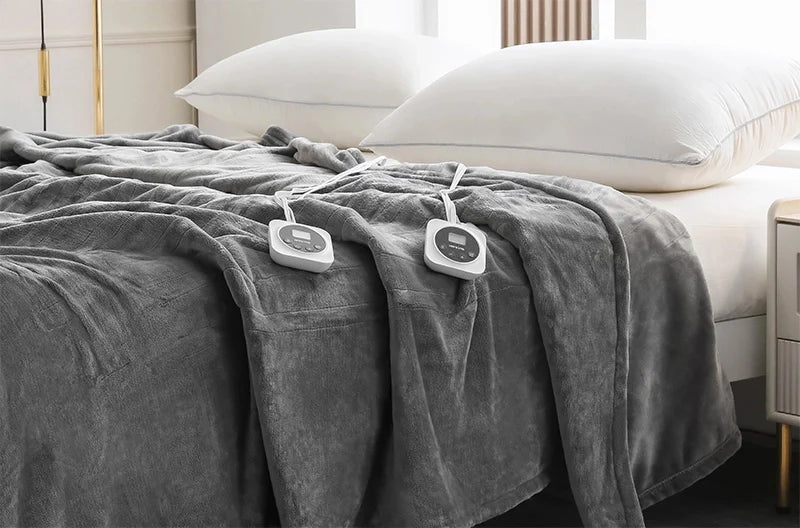
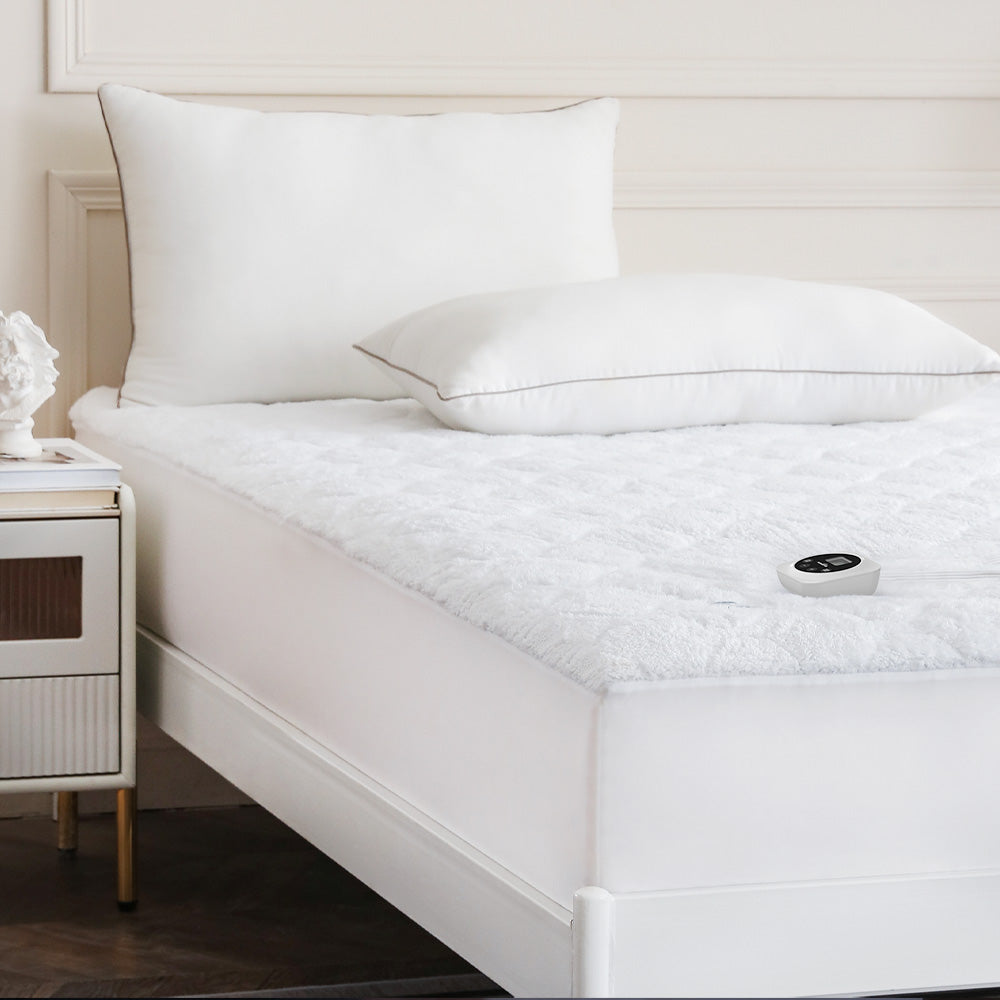
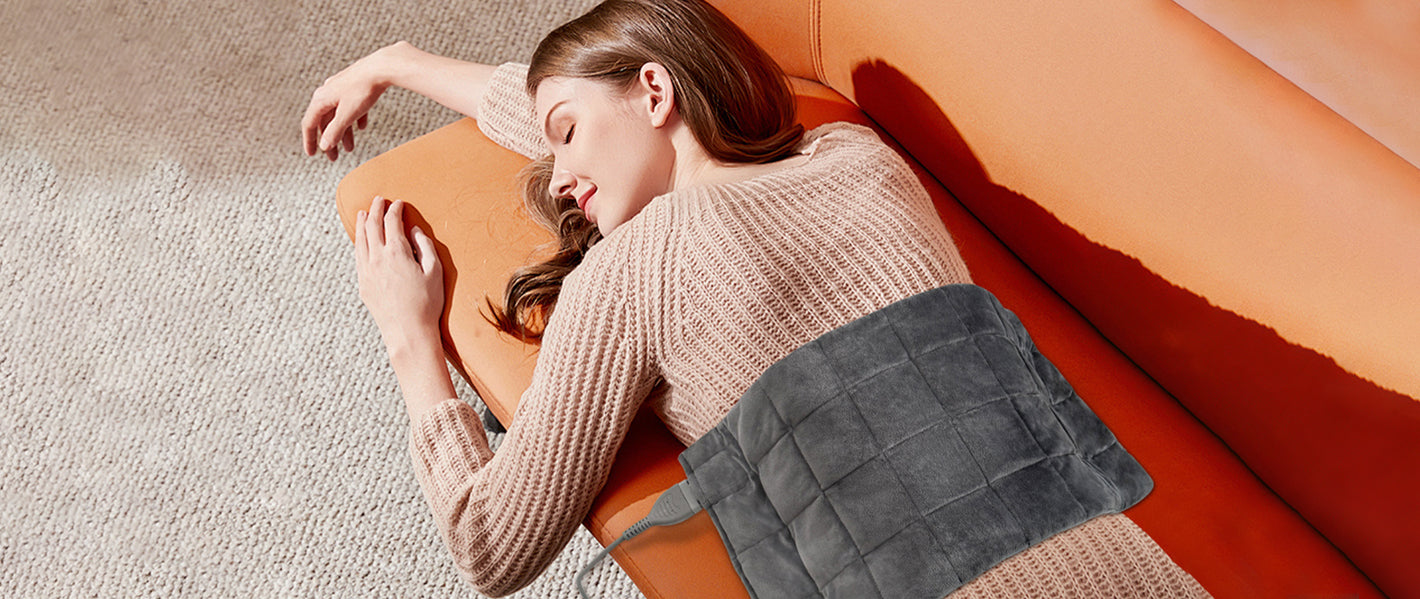
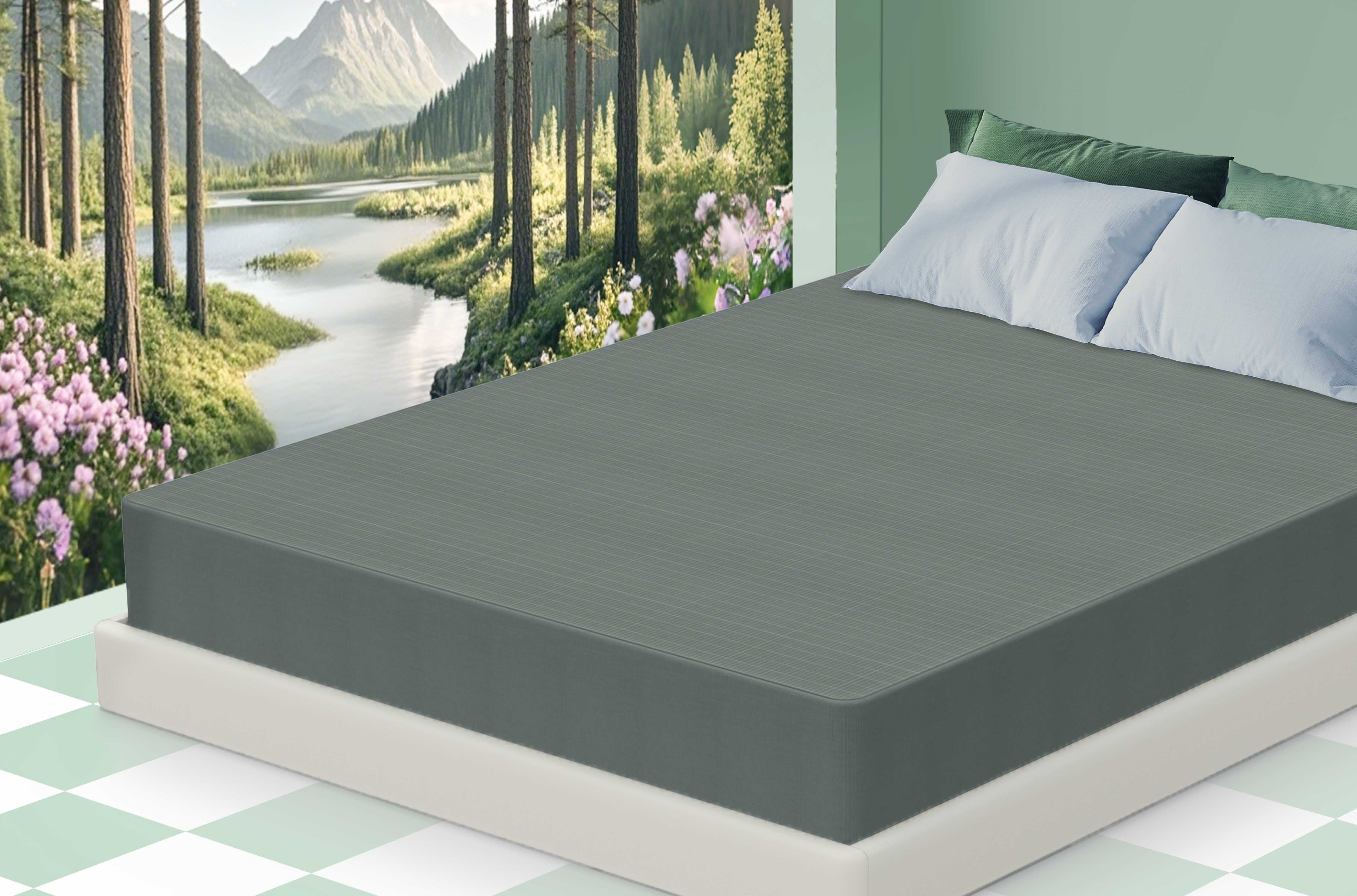
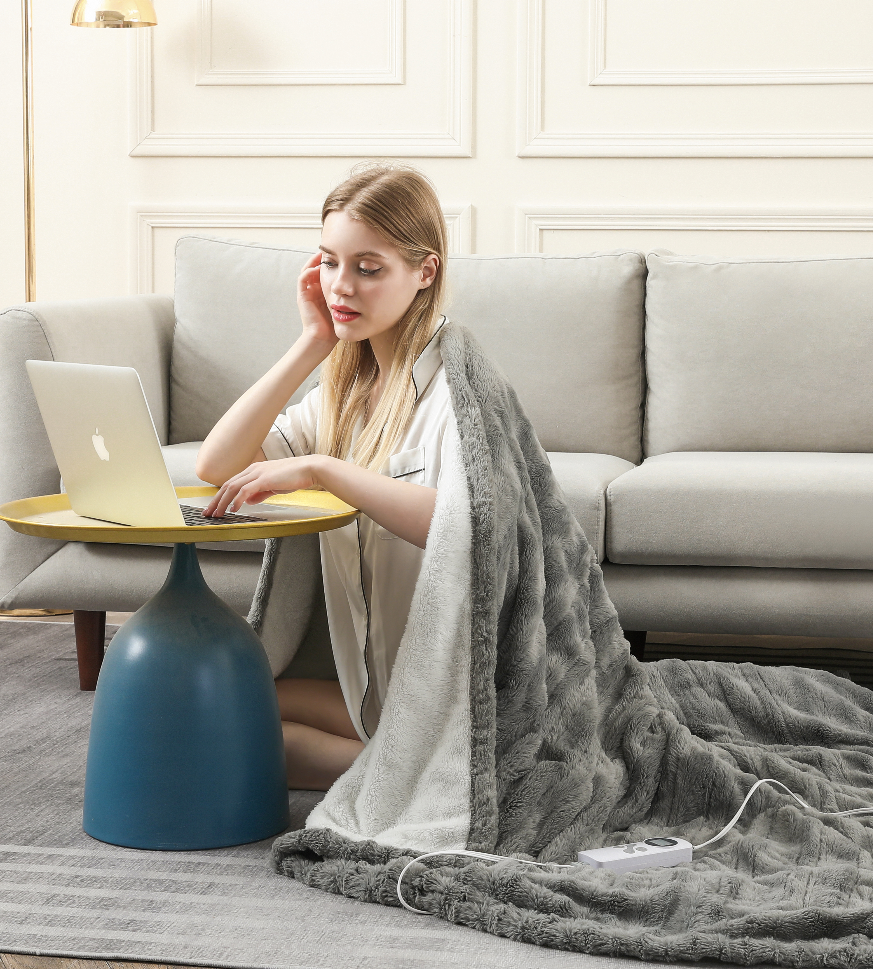
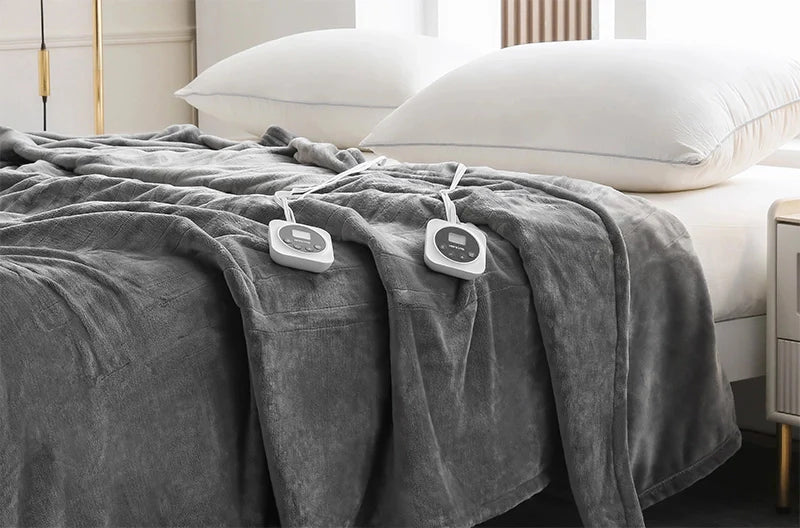
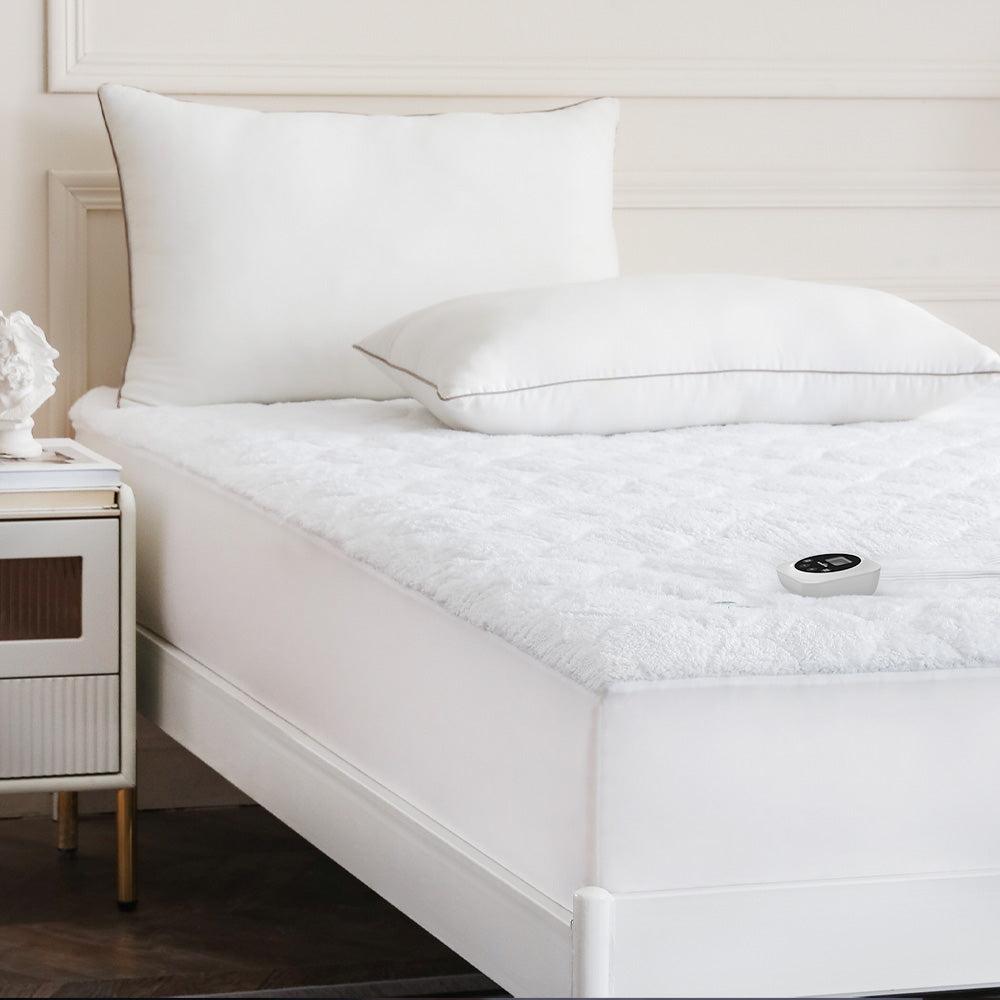
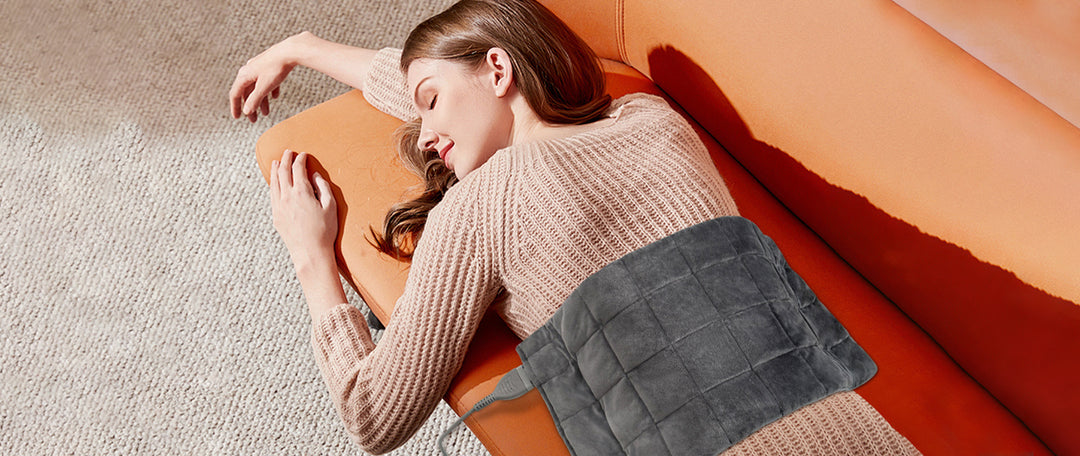
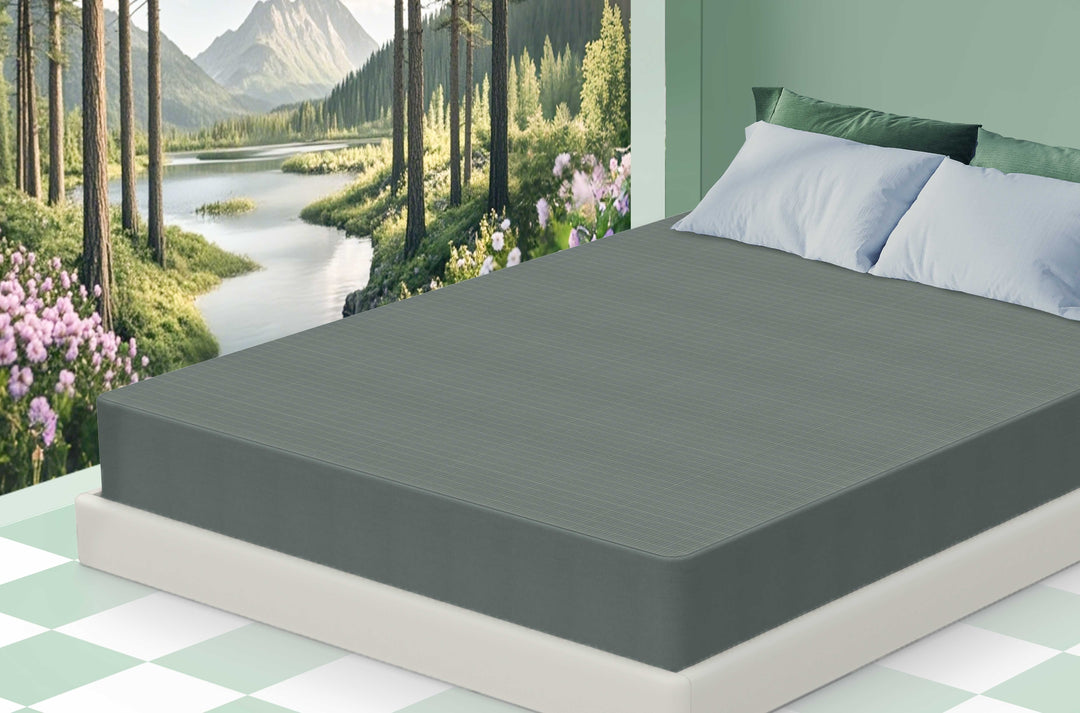



Leave a comment